Tired of Your Yard Being a Litter Box? Here’s How to Keep Cats Out for Good
Over my years in landscape design, I’ve seen gorgeous gardens face down just about every challenge imaginable. But honestly, the most persistent—and frustrating—invader is often the neighborhood cat. I’ll never forget one client who had poured her heart and a small fortune into a stunning collection of Japanese maples, their beds perfectly covered in fine pine bark. Every single morning, she’d find her precious trees dug up, their delicate roots exposed to the air. The culprit? A sleek black cat that had decided her garden was its personal, luxury latrine.
In this article
Her frustration was so real, and if you’re reading this, I bet yours is, too. This isn’t just a minor annoyance; it’s about protecting the investment of your time, money, and hard work.
So, let’s get this straight: our goal is to protect your yard, not to harm any animals. Cats, whether they’re pampered pets or tough-as-nails feral survivors, are just following their instincts. By understanding what makes them tick, we can make your yard a much less appealing hangout spot. There’s no single magic bullet here. Instead, we’ll use a layered approach, combining physical barriers, sensory deterrents, and a few smart landscape tweaks. With a little patience and consistency, you can absolutely reclaim your garden.
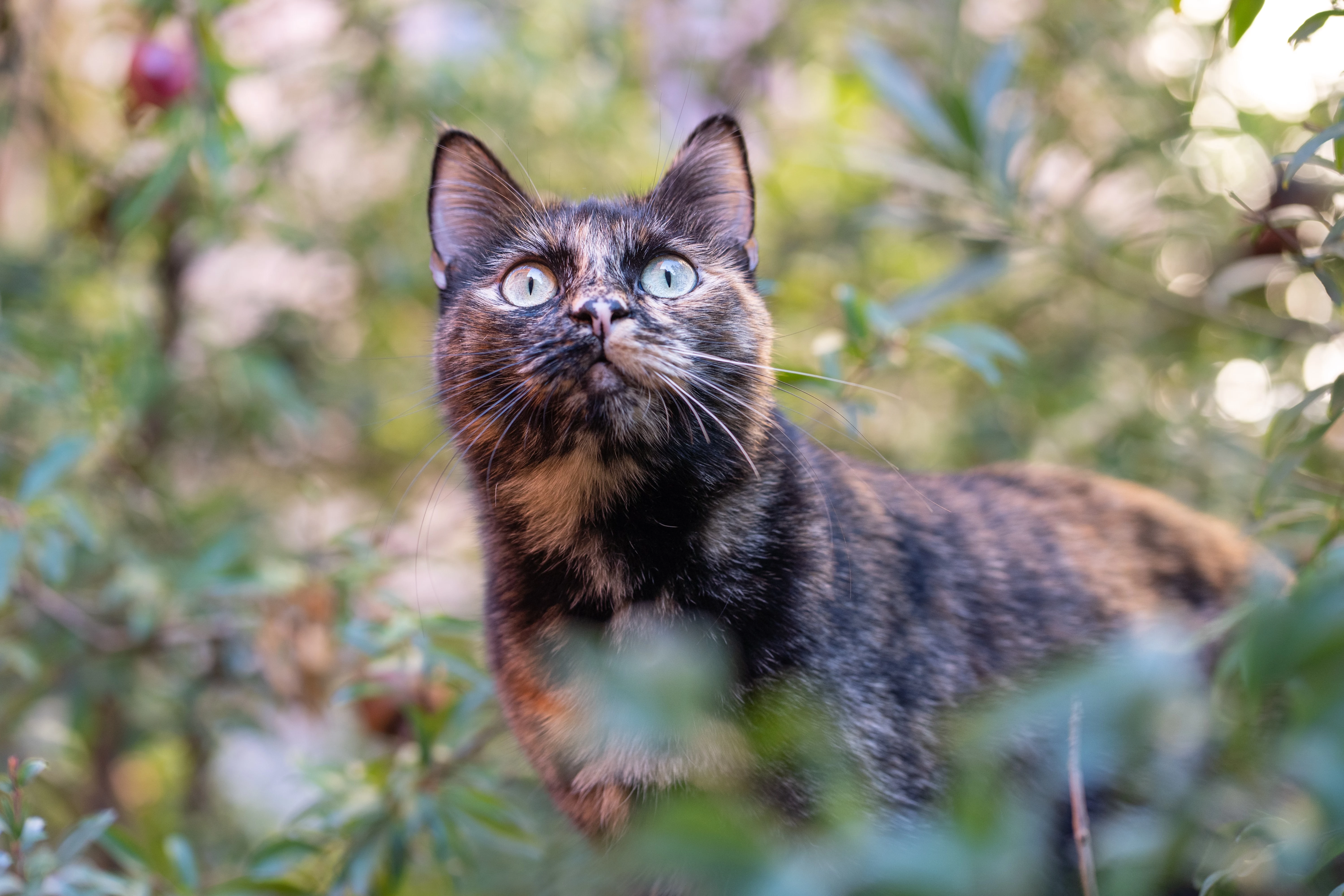
Quick Win: Try This Today
Don’t have time for a big project? The one thing you can do for free, right now, is to scatter your used coffee grounds and some orange or lemon peels around the single most-abused plant in your yard. It’s a start, and it costs you nothing!
First, Understand Your Uninvited Guest
Before you can solve the problem, you have to know why it’s happening. A cat is showing up on your property for a few simple reasons: it’s looking for food, water, shelter, a bathroom, or just a safe route to get somewhere else. Their incredibly powerful senses are their guide, and understanding those senses is the key to outsmarting them.
A cat’s world is dominated by smell and sound. Their sense of smell is at least 14 times stronger than ours, which is wild to think about. This is how they sniff out resources and read the “messages” left by other animals. When a cat uses your garden as a toilet, it’s also putting up a big, smelly sign that says, “This prime real estate is taken.”
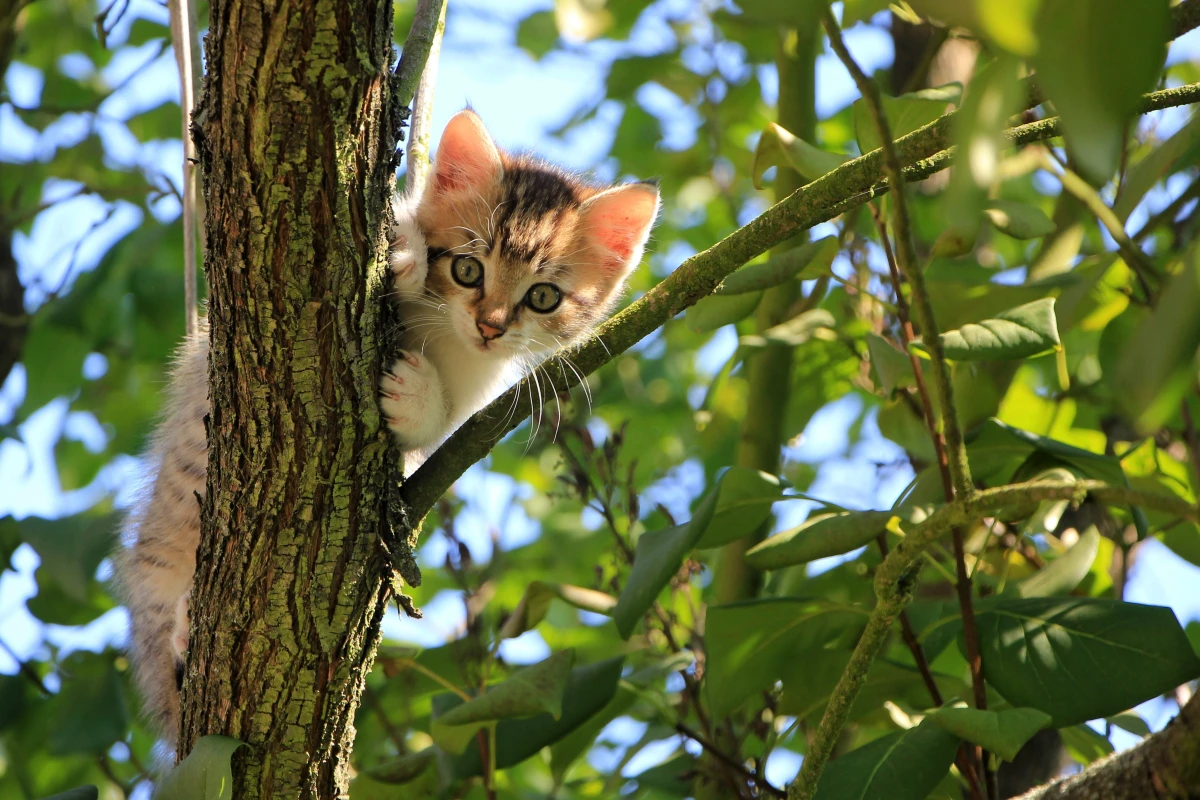
Their hearing is also off the charts, picking up frequencies far into the ultrasonic range that we can’t detect. This is why certain electronic gadgets can be a solid part of your defense. And don’t forget their paws—the pads are super sensitive. A cat will almost always choose soft soil over a sharp, uncomfortable surface. We’re going to use all of this to our advantage.
Pet, Stray, or Feral?
It really helps to know who you’re dealing with. A well-fed house cat from down the street is a different challenge than a colony of feral cats. Feral cats are un-socialized and surviving on their own, while strays are often lost or abandoned former pets. Knowing the difference can guide your strategy.
By the way, if you suspect you’re dealing with a feral colony, the most effective and humane long-term solution is to contact a local animal welfare group about Trap-Neuter-Return (TNR). This is a fantastic program where cats are humanely trapped, spayed or neutered, and then returned to their territory. It stops the cycle of reproduction and, over time, helps manage the population without harm. It’s a community-level solution that really works.
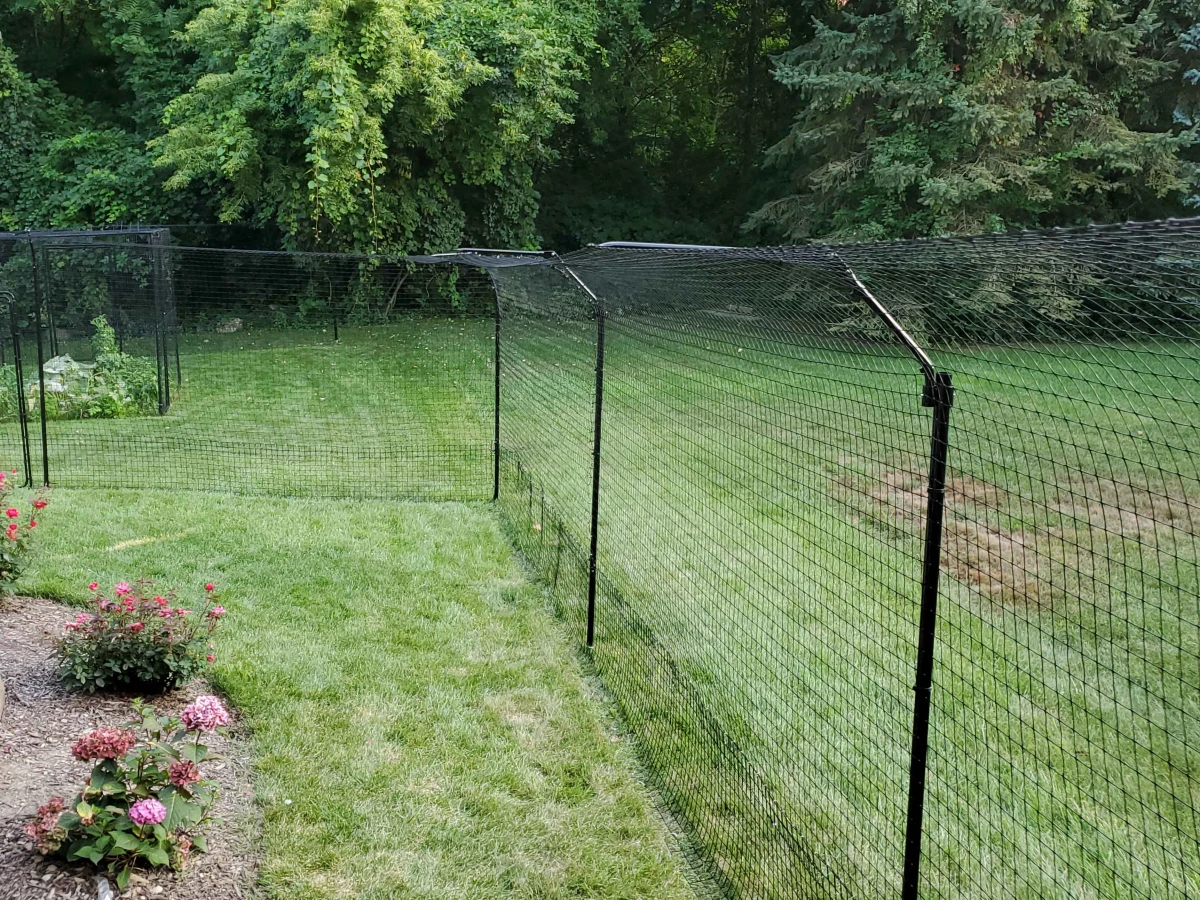
The First Line of Defense: Physical Barriers
The most direct way to keep an animal out is to literally block its path. For cats, this means getting serious about your fencing and ground cover. These methods can be an investment, but they are often the most permanent fix.
Fencing That Actually Works
Let’s be real: a standard four-foot fence is basically a fun-sized jungle gym for a cat. To be effective, a fence needs to be at least six feet tall, and even then, a determined cat can scale it if the surface offers any kind of grip (like chain-link or wood lattice).
The pros often recommend a solid wood or vinyl fence because the smooth surface is tough to climb. But the real secret weapon is a fence-top barrier. Here are a few options:
- Angled Toppers: You can add extensions to your fence posts that angle outward at 45 degrees. Attaching wire mesh to these creates an overhang that cats just can’t get around. It physically stops them from being able to pull themselves up and over.
- Roller Bars: These are a clever invention. A series of paddles or tubes are installed along the top of the fence. When a cat tries to grab the top edge, the bar spins, and they can’t get a grip, so they drop back down unharmed. They are incredibly effective but can be a pricier upgrade.
- DIY Roller Bars: Feeling handy? You can make your own roller bar. To do this, you’ll need a 4-inch diameter PVC pipe cut to fit snugly between your fence posts. Run a taut piece of wire or a thin metal rod through the pipe, mounting it so the pipe spins freely when touched. That ‘spin’ is what denies them the grip they need.
Heads up! A professional installation of a cat-proof fence topper can run into the thousands depending on your yard size. It’s a highly effective solution, but it’s definitely not cheap.
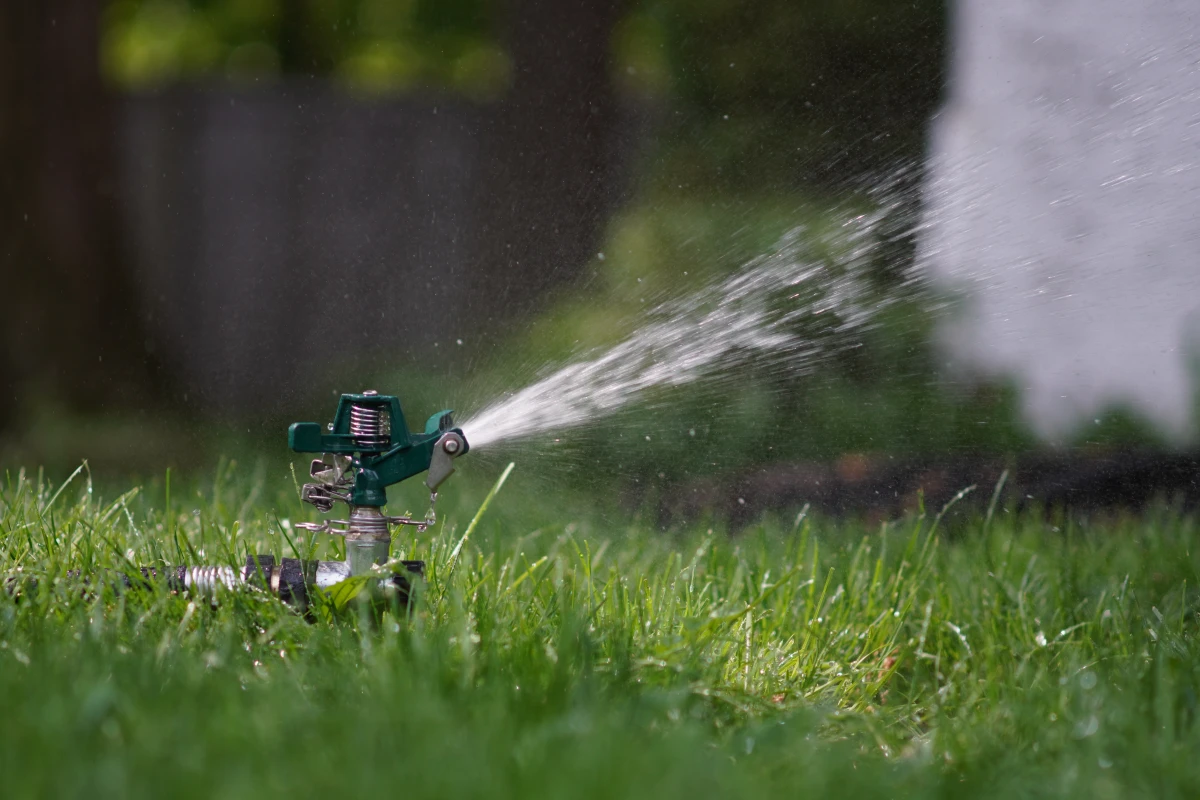
Sensory Warfare: Using Scents, Sounds, and Plants
Since a cat’s nose and ears are its primary guides, we can use that to our advantage. The goal is to make your yard smell, sound, or feel unpleasant to them. This approach requires consistency, as scents fade and batteries die.
Commercial and Homemade Scent Repellents
Garden centers are full of cat repellents. Some use predator scents (like synthetic coyote urine) to signal danger, while others use irritating smells that just make the area unpleasant. When using them, create a perimeter and reapply every week or so, and always after a heavy rain.
For a low-cost starting point, try things from your own kitchen:
- Citrus Peels: Scatter fresh orange, lemon, or grapefruit peels. Cats hate the smell. The key is to keep them fresh, replacing them every few days.
- Coffee Grounds: Cats dislike the strong smell and the texture. As a bonus, it adds nitrogen to your soil. A thin layer, about 1/4 inch deep, is plenty. Reapply weekly. Just be mindful that it can make your soil more acidic, so it’s best used strategically around acid-loving plants like hydrangeas and blueberries, or just on top of your mulch.
- Vinegar: The sharp smell is a great deterrent. Mix it 1:1 with water and spray it on hard surfaces like patios, walkways, or fence posts. Important: Do not spray this directly on your plants! The acid can burn their leaves.
A CRITICAL SAFETY NOTE ON ESSENTIAL OILS: While cats hate the smell of lavender, peppermint, and eucalyptus, many essential oils are highly toxic to them if ingested or absorbed through their skin. Never apply oils directly to the ground. The safest method is to put a few drops on cotton balls and place them in pots or tie them to fences, but even this has limited, short-term effectiveness.
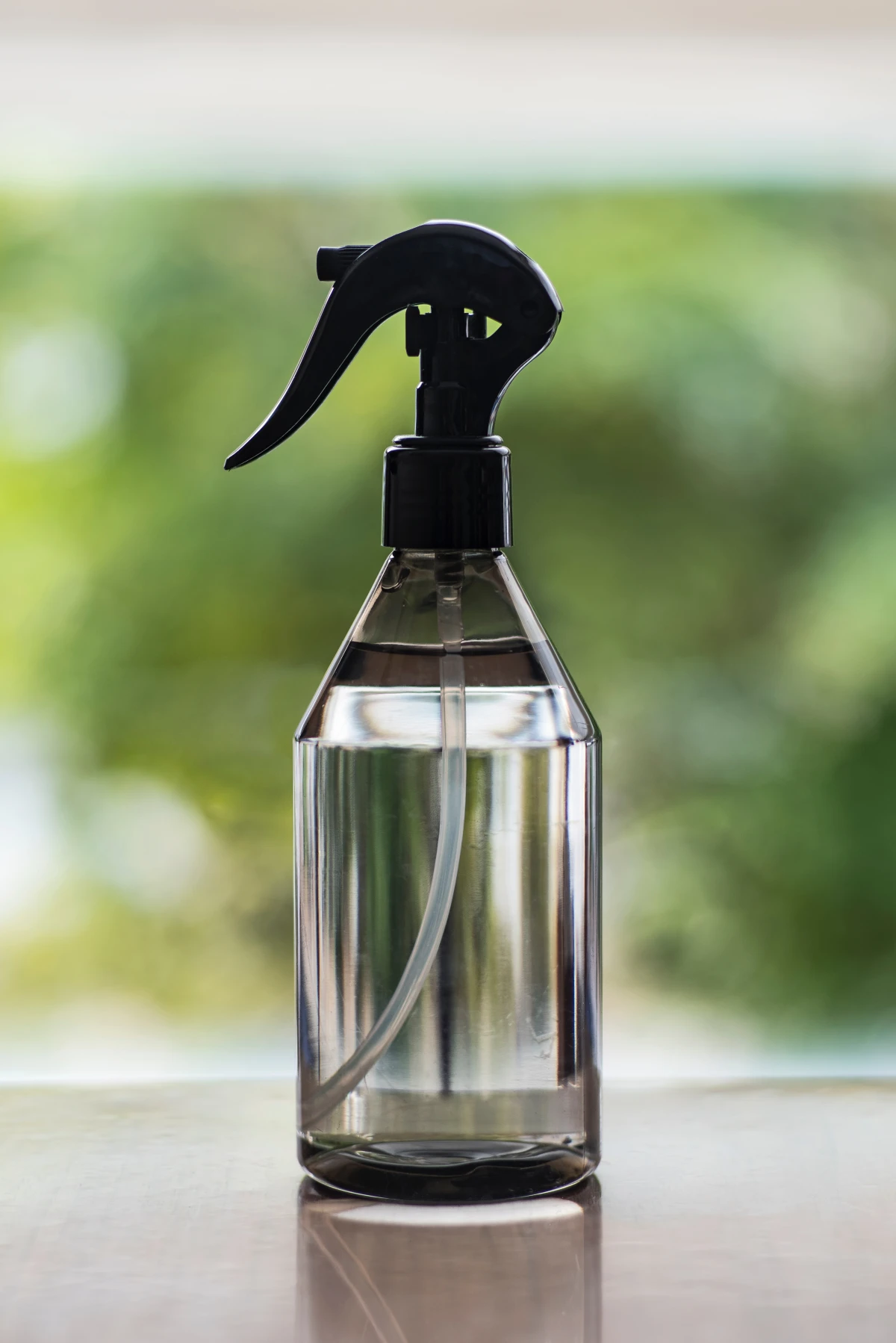
Deterrent Plants: A Living Barrier
Another smart move is to incorporate plants that cats naturally avoid. Planting a border of these can create a natural, beautiful deterrent. Look for these at your local garden center:
- Coleus canina (The “Scaredy Cat Plant”): This plant releases a smell that cats (and sometimes dogs) find offensive, but it’s not noticeable to most humans. It’s probably the most famous deterrent plant.
- Lavender and Rosemary: Many cats dislike the strong, oily scent of these herbs. They are beautiful, useful in the kitchen, and can help persuade a cat to find a new path.
- Rue: This is another herb known for its cat-repelling properties.
To be frank, a few plants alone probably won’t solve a major cat problem, but they are an excellent part of a layered defense system.
Ultrasonic Devices
Remember that super-sharp hearing? This is where ultrasonic deterrents come in. These are typically small stakes you place in the ground. They have motion sensors that, when triggered, emit a high-frequency sound that is intensely annoying to cats but silent to most humans. You can find solar-powered versions online or at home improvement stores for around $25 to $50.
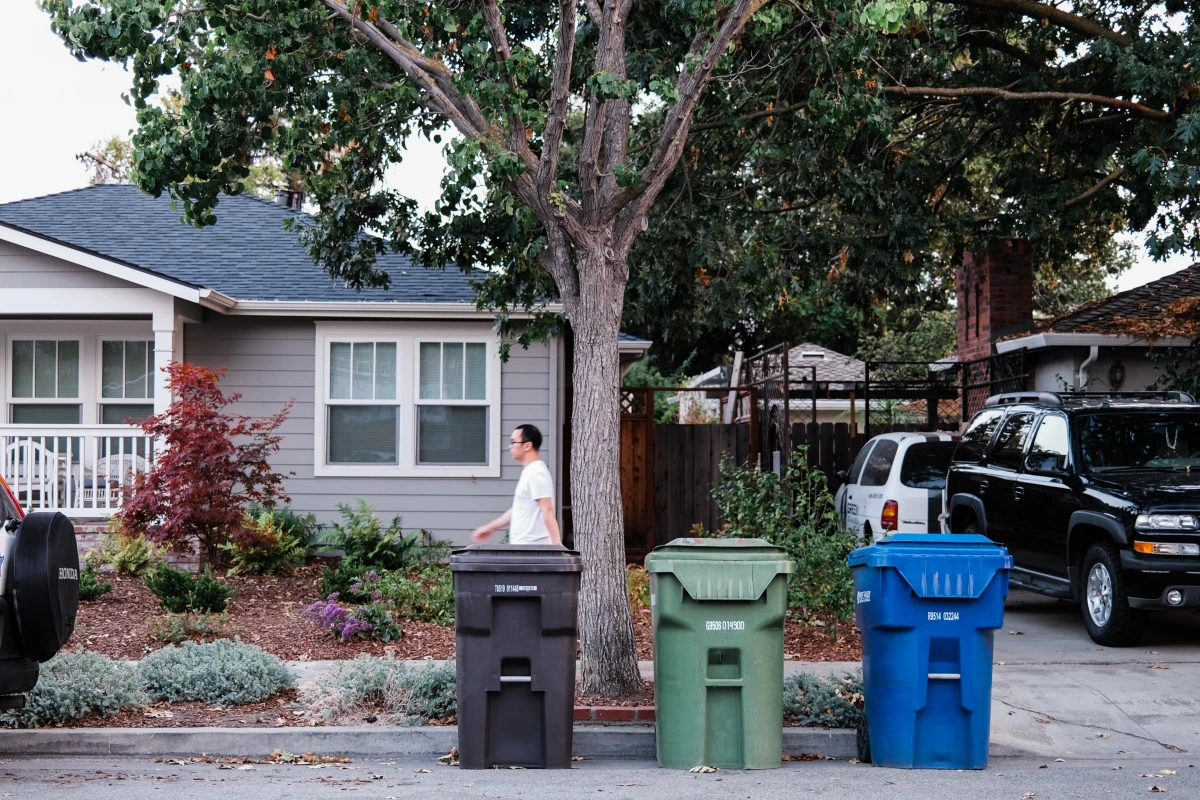
The reviews on these are often mixed. Some people swear by them, while others find that determined cats eventually learn to ignore them. They can be a great tool, especially for protecting a specific, high-traffic area.
Uncomfortable Footing: Texture Is Everything
Those sensitive paw pads are an easy target. If a cat is looking for a soft, sandy spot to dig, a prickly, uncomfortable surface will send it packing.
- Prickly Mulch: Swap fine bark for something sharper like coarse wood chips, pine cones, or sweet gum balls. Holly leaf clippings are also fantastic if you have them.
- Scat Mats: These are my go-to for protecting specific spots. They’re flexible plastic mats with small, harmless plastic spikes. They feel awful to walk on. You can cut them to fit inside planters or between vegetable rows. A multi-pack usually costs between $15 and $30 and they last for years.
The Element of Surprise: Active Deterrents
Sometimes, you need to create a negative association with your yard. An active deterrent startles the cat, teaching it that your garden is an unpredictable and unpleasant place.
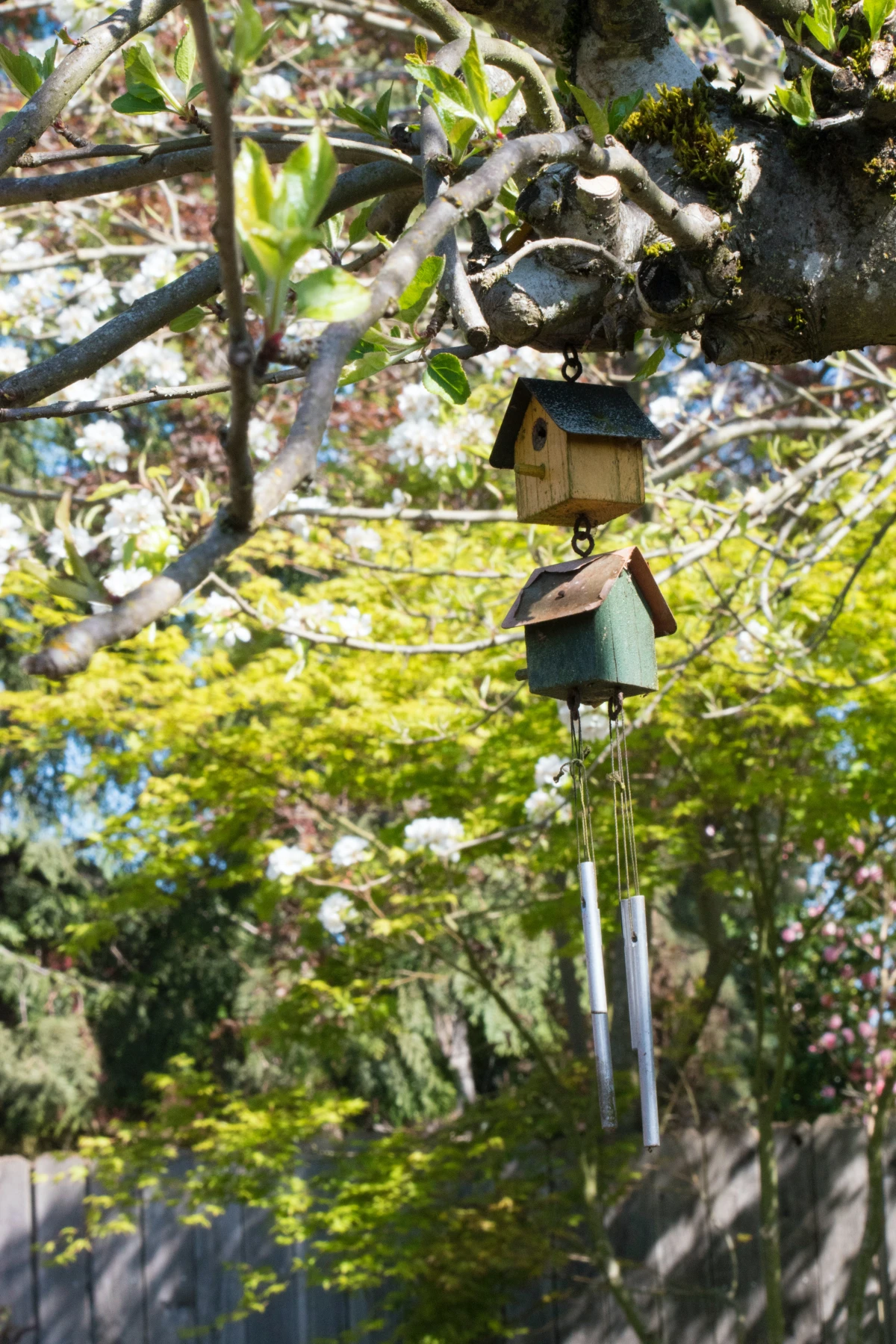
The undisputed champion in this category is the motion-activated sprinkler. A sensor detects the cat’s motion and body heat and unleashes a short, sudden burst of water. Most cats hate being wet, but they hate being surprised even more.
Quick tip: Placement is everything. You don’t need to soak your entire yard. Focus on the main entry points or the specific garden bed they love to abuse. Brands like Orbit or Havahart are popular, and you can expect to pay around $30 to $60 per unit. One sprinkler can typically cover a 30-foot arc, so you might need two or three to fully protect a larger area.
So, Which Method Is Right for You?
Okay, that was a lot of information. Let’s break it down to help you choose the best strategy for your budget and energy level.
- Highest Effectiveness, Highest Cost: Fence modifications like roller bars are the gold standard. It’s a big-time project and a significant upfront investment, but it’s a permanent, “set it and forget it” solution.
- Great Effectiveness, Moderate Cost: Motion-activated sprinklers are fantastic. They require a hose connection and some strategic placement, but they work wonders for teaching cats to stay away.
- Good for Targeted Spots, Low Cost: Texture deterrents like prickly mulch and scat mats are perfect for protecting specific garden beds, planters, or sandboxes. They’re affordable and easy to install.
- Lowest Cost, Highest Effort: Scent-based methods are your most budget-friendly option. The catch? You have to be incredibly consistent. Cats are persistent, and you have to be more persistent.
A common mistake I see is a lack of consistency. You can’t just scatter some lemon peels once and expect the problem to be solved forever. You have to re-apply scent deterrents on a schedule, like every weekend and always after it rains. Winning this war is about patience and making your yard consistently less pleasant than your neighbor’s.

Galerie d’inspiration
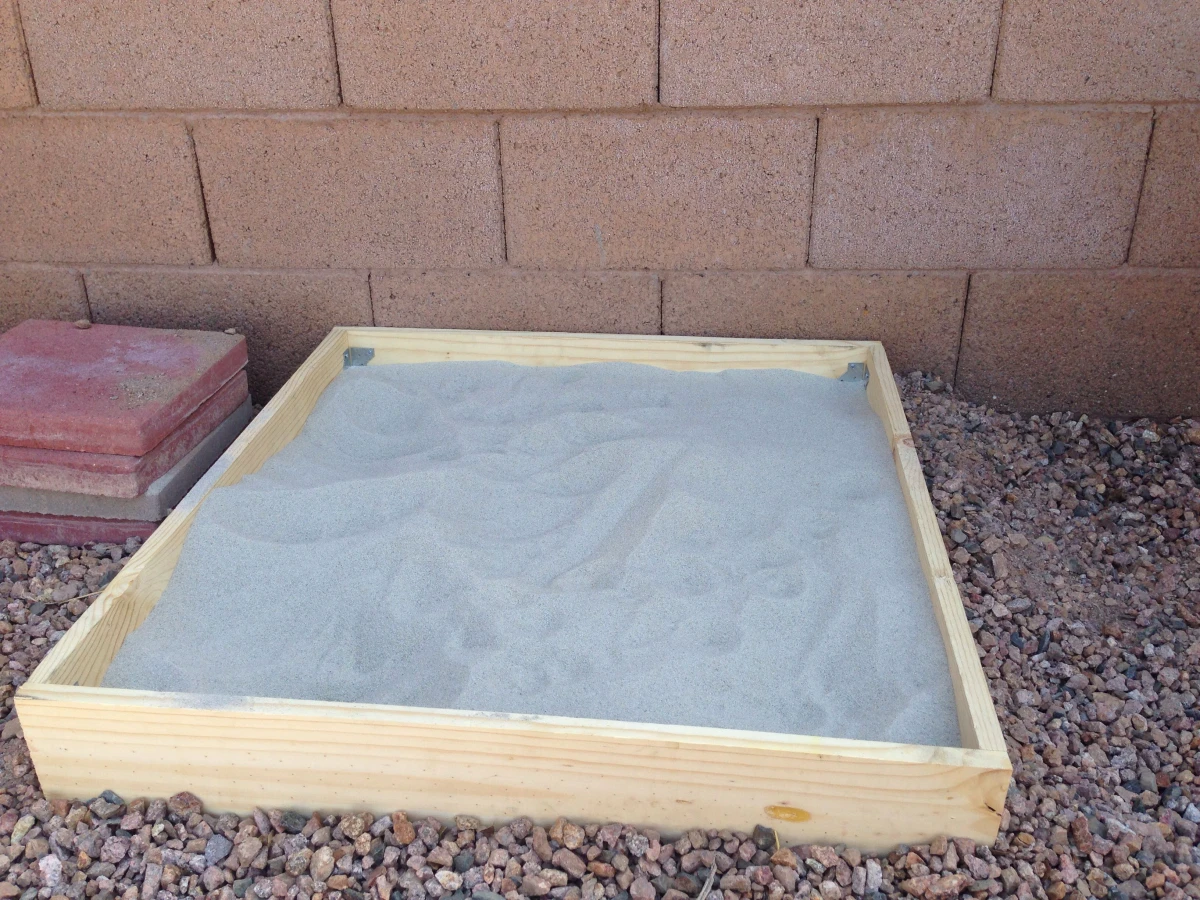
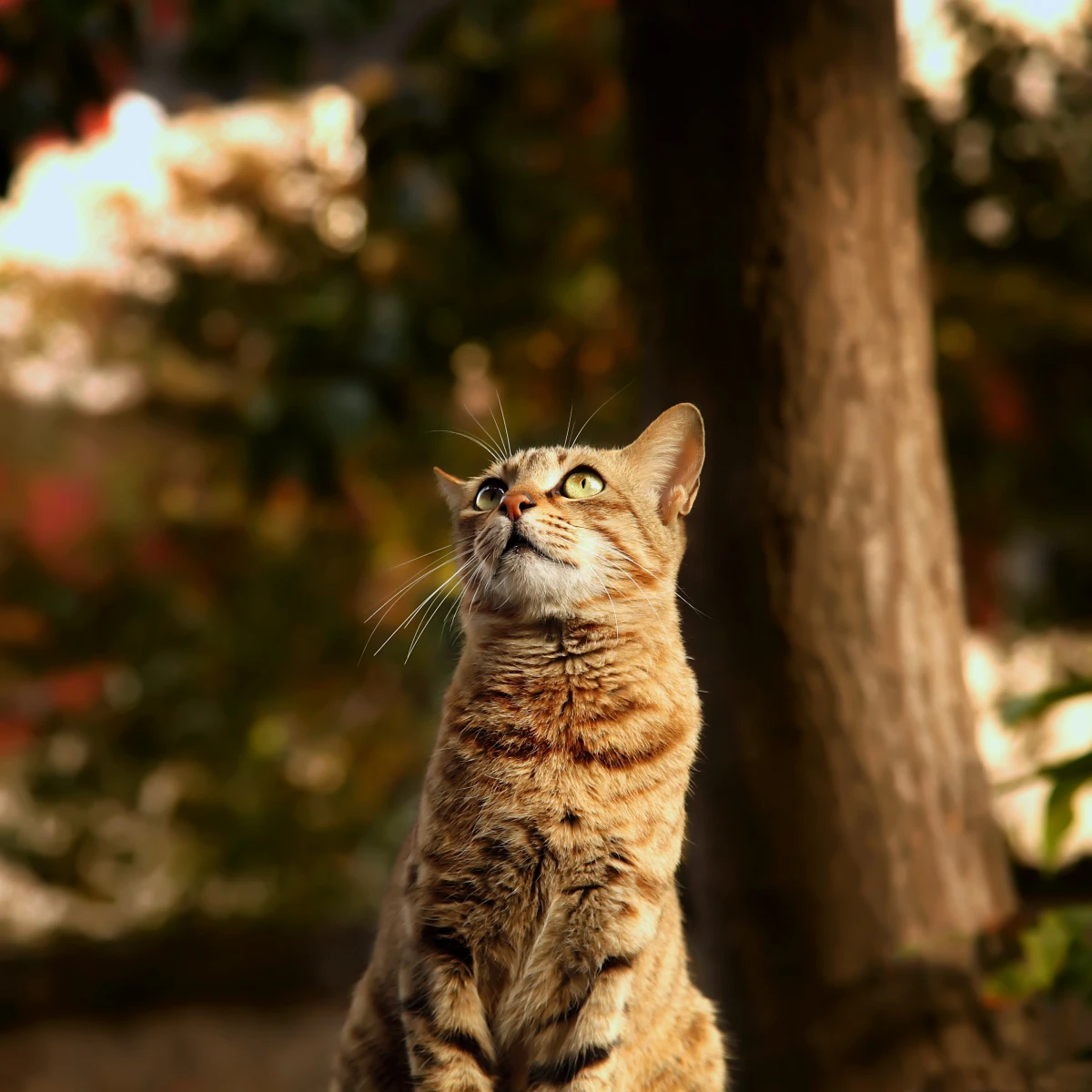
Beyond just scattering peels, you can integrate cat-repelling plants directly into your garden design for a beautiful and functional barrier. Many herbs and perennials release strong scents that overwhelm a cat’s sensitive nose, encouraging them to find a more pleasant place to lounge.
- Lavender: While beloved by humans, its potent floral scent is often too much for felines.
- Rosemary: This hardy, drought-tolerant herb has a strong, pine-like aroma that acts as a natural deterrent.
- Coleus Canina: Often sold under the name ‘Scaredy Cat Plant’, it releases a skunk-like odor when touched that is highly effective at keeping cats (and other mammals) at a distance.
- Pennyroyal: A powerful-smelling member of the mint family, best planted in containers to control its spread.
A cat’s paws are incredibly sensitive, equipped with numerous nerve receptors that help them feel texture and vibrations.
Use this to your advantage. Cats seek out soft, fine-textured soil like that found in vegetable patches or freshly mulched flower beds. By changing the texture underfoot, you make your garden far less inviting. Swap fine bark for chunkier wood chips, decorative river stones, or even lay down purpose-made products like the Contech ScatMat—a flexible plastic mat with harmless spikes that makes walking on the area uncomfortable.










